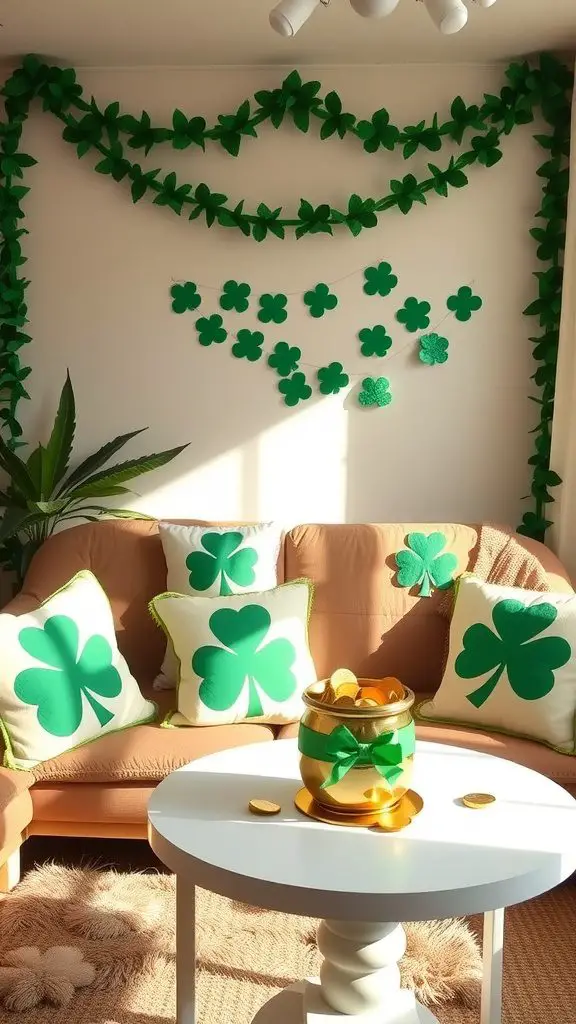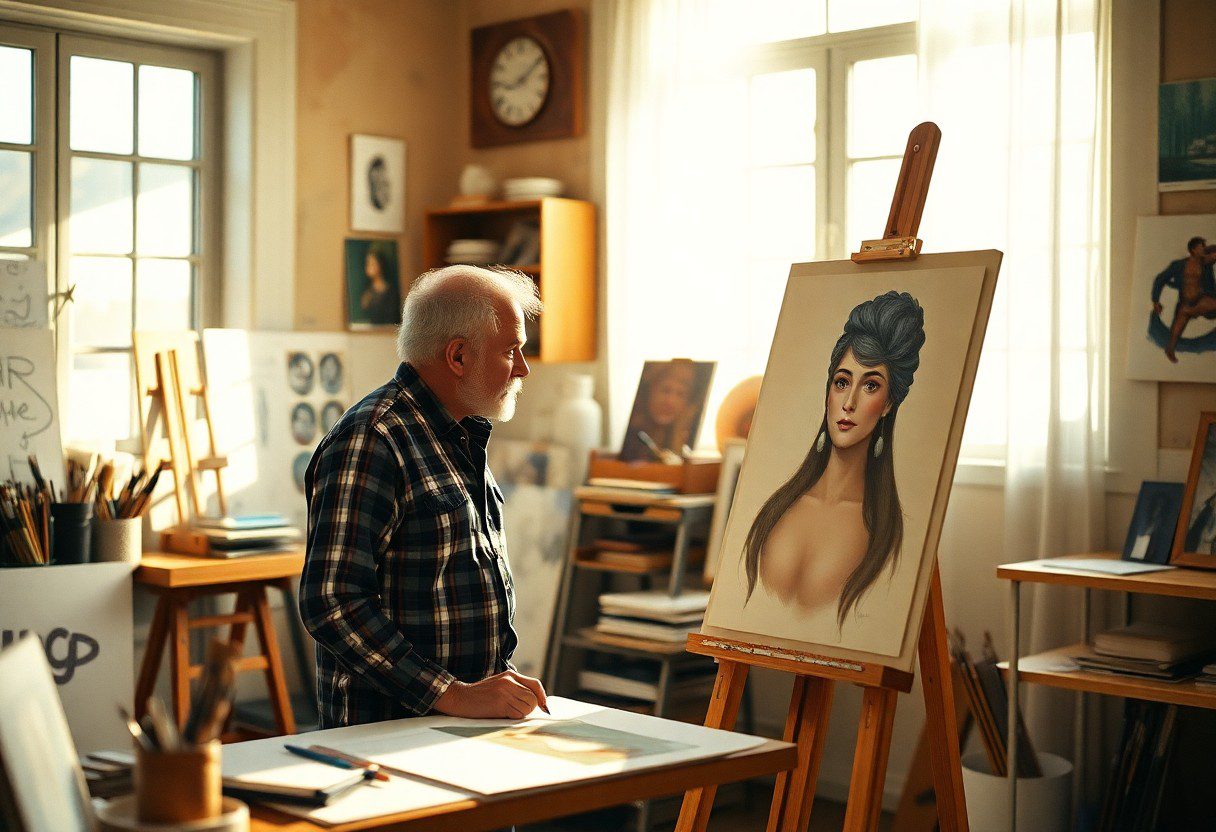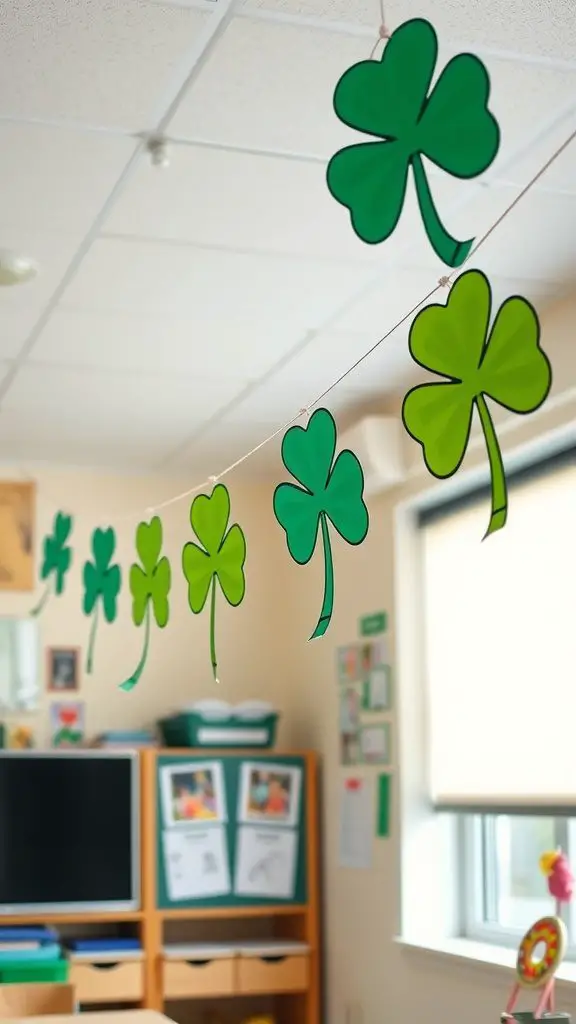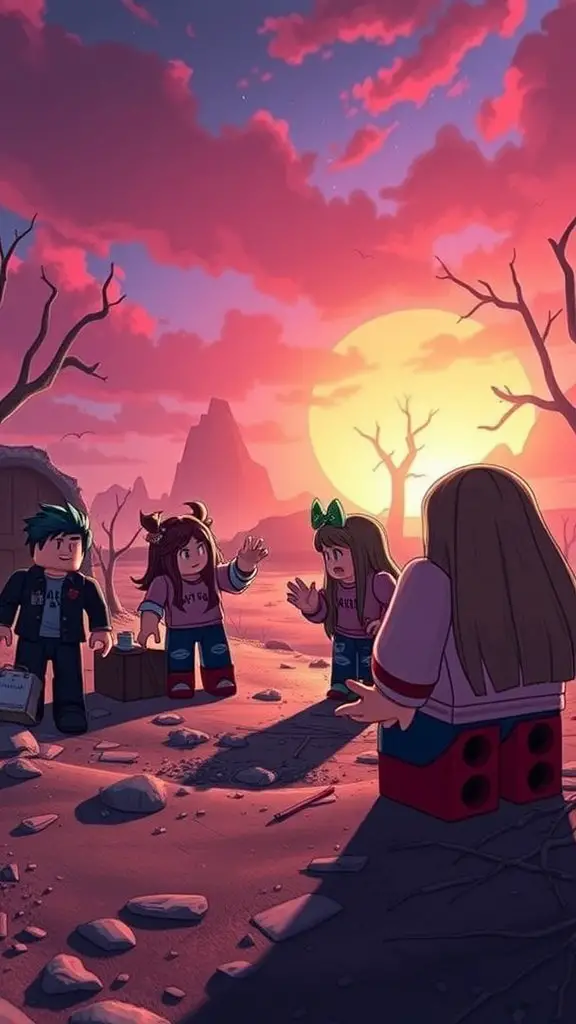There’s a fascinating journey behind every portrait masterpiece that begins with the seeds of inspiration. As you explore the creative process, you’ll uncover the imperative steps that transform your initial ideas into stunning visual art. Understanding your approach to inspiration, technique, and refinement can elevate your work and help you create captivating portraits. In this blog post, we’ll guide you through the critical stages of your artistic journey, providing insights that will empower you to develop your unique style and manifest your vision on canvas.
Understanding Inspiration
Your journey as an artist begins with understanding inspiration. It is the spark that ignites your creative expression and transforms fleeting ideas into breathtaking masterpieces. By tapping into your unique sources of inspiration, you can cultivate an authentic artistic voice that resonates with viewers. Embracing various influences can lead you to explore new techniques and concepts, enriching your artwork and deepening your connection with your audience.
Sources of Creative Inspiration
By seeking inspiration from the world around you, you can unlock a treasure trove of creativity. Nature, music, literature, and personal experiences can all spark ideas and provide a wealth of content for your art. Engaging with different cultures, art forms, or even emotional moments can serve as a powerful foundation for your portraits, encouraging you to explore and capture a diverse range of expressions.
The Role of Emotion in Art
Along your artistic journey, emotions play a significant role in shaping your work. Every stroke of your brush can convey a specific feeling or mood, providing depth and context to your portraits. Understanding the emotional connections within your art not only enhances your creative process but also allows your audience to engage with your work on a more profound level.
It is important to embrace the emotions that emerge during your creative process. By allowing your feelings to guide you, you can create art that resonates with authenticity and power. When you translate your emotions into visual language, you elevate your portraits beyond mere likenesses, infusing them with life and meaning. Delving into your emotional landscape can open new pathways for exploration and help you establish a genuine connection with your viewers.
The Planning Phase
There’s a distinct excitement that comes with the planning phase of your portrait masterpiece. This is where your vision begins to take shape, and the foundation for your artwork is laid. By outlining your goals and exploring different approaches, you can better navigate the creative journey ahead. As you allocate time for research and inspiration, you’re setting the stage for a more profound art-making experience.
Concept Development
Against a backdrop of inspiration, you need to solidify your ideas into a coherent concept. This phase allows you to dive deeper into the emotions, themes, or stories you aim to convey through your portrait. Consider the subject’s personality, your intent, and the message you wish to communicate, helping you to hone in on your artistic direction.
Sketching Ideas
Against the flow of perfectionism, sketching ideas is a liberating process that allows you to experiment freely. Here, you can explore various compositions, perspectives, and styles without the pressure of creating a finished piece. This stage encourages your imagination to run wild, bringing to life the underlying concept you’ve developed.
Development of your sketches is integral to refining your vision. Utilize different mediums and scales to challenge your creativity and explore how your initial ideas look on paper. Focus on capturing the essence of your subject while testing out different poses, facial expressions, and arrangements. The aim is to produce a range of sketches that resonate with your overall concept and provide a solid foundation for your final portrait. Don’t hesitate to push boundaries; it’s during this exploration that you often uncover your most innovative solutions.
Technique Exploration
Some artists find that exploring various techniques can significantly enhance their creative process. You may start by experimenting with different styles and methods, allowing yourself to discover what resonates with your artistic vision. This journey encourages you to step beyond your comfort zone and develop a unique approach to your portrait masterpieces.
Choosing the Right Medium
On your artistic journey, selecting the right medium is vital to conveying your vision effectively. Whether you prefer oils, watercolors, or digital tools, each medium offers distinct characteristics that can affect your final piece. Assess what aligns with your technique preferences and experiment until you find the perfect fit.
Mastering Tools and Techniques
Along the way, mastering your tools and techniques is key to bringing your ideas to life. Developing a strong understanding of brushwork, color theory, and texture will empower you to refine your portraits. Take time to practice and learn, as each stroke will contribute to your growth as an artist.
Understanding the intricacies of your tools enhances your artistic expression. You can explore different brush types and their effects, as well as the properties of your chosen medium. Spend time mastering light and shadow, and don’t hesitate to study how renowned artists achieved their signature looks. This knowledge will provide a solid foundation for your technique, transforming your portraits into compelling masterpieces that showcase your personal style.
Creating the Portrait
Not every stroke is made equal; the journey to a portrait masterpiece begins with a well-thought-out approach. You’ll want to establish a connection with your subject, translating emotion into your artwork. This involves carefully considering the message you want the portrait to convey, as well as the technical aspects of your medium. As you immerse yourself in this creative endeavor, trust your instincts to guide your brush, pencil, or stylus, letting the portrait take shape through your unique perspective.
Composition and Layout
The composition is the backbone of your portrait, determining how elements interact within the frame. You should focus on the placement of your subject, the use of negative space, and the balance of colors and shapes. By thoughtfully organizing these components, you ensure that your portrait maintains visual interest and draws the viewer’s eye to the focal point—the subject’s essence, ultimately creating a harmonious and captivating piece.
Layering and Detailing
For a portrait that truly stands out, layering and detailing play a significant role in bringing depth and realism to your work. By applying multiple layers, you can build texture and dimension that breathe life into your subject. As you progress, ensure each layer adds richness to the portrait, defining shadows and highlights meticulously.
Further exploring the concept of layering, consider the impact of translucent washes and subtle gradations in your medium. Each layer contributes to the final depth and character of your portrait, allowing you to express finer details like skin texture and light reflections in the eyes. You should allow each layer to dry, reviewing and refining as you go, which leads to a polished and professionally finished artwork. Embrace the process, and don’t shy away from experimentation to elevate your detailing skills to new heights.
The Refinement Process
To refine your portrait masterpiece, you must engage in a careful examination of your creative work. This stage entails scrutinizing areas for enhancement, ensuring your vision and execution align. Paying attention to details, proportions, and emotional impact is vital. The refinement process transforms an average piece into one that resonates with viewers, showcasing your dedication and skill as an artist.
Evaluating the Work
Against your initial vision, evaluate how closely your portrait aligns with what you intended to express. Look for inconsistencies in your execution, such as proportion discrepancies or color imbalances. By assessing these elements, you can create a clearer roadmap for improvement.
Making Adjustments
Making adjustments is where your artistic intuition can shine. Identify specific areas that require refinement and be willing to experiment. This may involve altering brush strokes, adjusting light and shadow, or reworking facial features to enhance expression and harmony.
To effectively make adjustments, step back and view your work from a distance. This perspective can reveal overlooked flaws and guide your decision-making. Don’t hesitate to apply techniques like layering, blending, or even introducing new elements to enrich the overall composition. Allow yourself the freedom to experiment, ensuring that each change propels your artwork closer to the masterpiece you envision.
Displaying Your Artwork
Now that you’ve created your masterpiece, showcasing it effectively is key to ensuring it captivates and resonates with your audience. Whether you choose a gallery exhibit, a social media post, or a home display, each option has its unique advantages. Thoughtful display choices can elevate your artwork and provide a deeper appreciation of the creative process behind it.
Presentation Techniques
The way you present your artwork can dramatically impact how it is perceived. Consider utilizing proper framing, optimal lighting, and thoughtful spacing to draw attention to your portraits. Displaying your pieces in a well-arranged manner can enhance their narrative and allow viewers to engage with each work at a different level.
Engaging the Audience
About connecting with your audience includes creating an experience that invites them to explore your artwork on multiple layers. Engagement can be achieved through interactive displays, providing context, or facilitating discussions. By establishing a connection, you not only enhance their viewing experience but also foster a deeper appreciation for your creative journey.
Artwork often serves as a conversation starter, encouraging viewers to share their interpretations and feelings. By inviting questions and offering insights about your techniques and inspirations, you create an inclusive environment. Engaging your audience in this manner allows them to feel a part of your artistic process, transforming passive observers into active participants in the experience of your work.
To wrap up
To wrap up, understanding the creative process from inspiration to portrait masterpiece allows you to enhance your skills and develop a unique artistic voice. As you explore various techniques and approaches, you can transform fleeting ideas into compelling visual narratives. By tapping into your intuition and embracing experimentation, you will cultivate your style, making each portrait not just an image, but a reflection of your artistic journey. Embrace the process, and let your creativity flow as you craft exceptional works of art that resonate deeply with you and your audience.
FAQ
Q: What is the importance of inspiration in the creative process?
A: Inspiration acts as the fuel for creativity, allowing artists to explore new ideas and perspectives. It can come from various sources such as nature, personal experiences, or other artworks, serving as the initial spark that guides the direction of a portrait. By recognizing and nurturing these sources of inspiration, artists can develop their own unique style and deepen their emotional connection to their work.
Q: How can an artist develop their own unique style when creating portraits?
A: Developing a unique style involves experimentation and practice. Artists can explore different techniques, color palettes, and materials to find what resonates with them. Additionally, studying the works of other artists can provide insights and ideas. Over time, placing personal experiences and emotions into their work can help an artist create a distinctive voice, setting their portraits apart from others.
Q: What are some effective techniques for sketching the initial portrait layout?
A: Effective techniques for sketching a portrait include starting with basic shapes to outline the head and facial features, using light pencil strokes for easy adjustments, and paying attention to proportions. Artists should also consider the placement of features according to established rules, yet remain open to intuitive adjustments. Regular practice with different poses and angles can enhance an artist’s ability to capture likeness more accurately.
Q: How does color selection impact the emotional tone of a portrait?
A: Color selection plays a vital role in conveying emotion within a portrait. Warm colors like reds and yellows can evoke feelings of warmth and intimacy, while cool colors like blues and greens may create a sense of calm or melancholy. Artists can experiment with color harmony and contrast to express specific moods or characteristics of their subjects effectively, enhancing the overall emotional impact of the portrait.
Q: What are the benefits of seeking feedback during the portrait creation process?
A: Seeking feedback during the portrait creation process can provide valuable insights and help an artist see their work from different perspectives. Constructive criticism can highlight areas for improvement and encourage artists to take risks in their creative choices. Networking with fellow artists or participating in critique groups can also foster a sense of community and support, promoting growth and development in one’s artistic journey.




